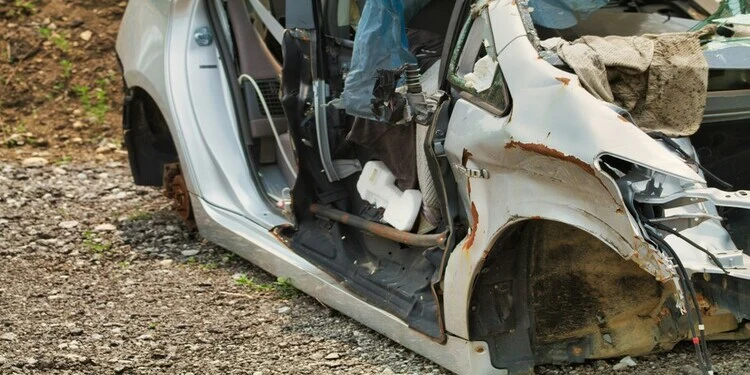Autonomous vehicle technology is reshaping the transportation landscape, with different levels of automation becoming increasingly mainstream. Attorney Steve Mehr, founding partner of Sweet James Accident Attorneys, highlights the importance of understanding the legal implications of these advancements, as they directly impact consumers and manufacturers alike. The Society of Automotive Engineers (SAE) has classified these advancements into six levels, from fully manual (Level 0) to completely autonomous (Level 5), each presenting unique challenges related to liability, safety, and regulation.
Level 0: No Automation
At this stage, the human driver performs all driving tasks. The vehicle may provide warnings or momentary assistance, such as emergency braking, but the driver remains in full control. Legally, any accidents or incidents that occur are the sole responsibility of the human operator. Traditional vehicle insurance policies apply here, and there is little debate regarding liability since there is no autonomous input from the vehicle itself.
Level 1: Driver Assistance
Level 1 introduces basic driver assistance features such as adaptive cruise control or lane-keeping assistance. While these systems can help with specific tasks, the human driver is required to remain engaged and control most driving functions. From a legal standpoint, liability remains largely with the driver. However, if driver assistance systems malfunction, questions about the manufacturer’s responsibility could arise, potentially leading to product liability claims.
Level 2: Partial Automation
Level 2 automation combines driver assistance systems to manage tasks like steering and acceleration, but the driver must still monitor the road and be ready to intervene. Systems like Tesla’s Autopilot have exemplified this level, which has sparked legal discussions about whether the driver or manufacturer is responsible in case of an accident. Regulatory bodies are closely monitoring this level to establish clear guidelines for liability and safety.
Level 3: Conditional Automation
Level 3 vehicles can handle most driving tasks in specific conditions, such as highway driving. The driver may not need to monitor the road constantly but must be ready to take control when alerted by the system. At this level, the legal landscape becomes more complicated, especially concerning responsibility when the system fails to alert the driver in time,or the driver is unable to regain control. Current regulations vary by country, but the potential for shared liability between the driver and the manufacturer creates a need for new legal frameworks to address these questions.
Level 4: High Automation
At Level 4, vehicles can operate autonomously in specific conditions, such as within designated urban areas or controlled environments. The vehicle can manage all driving tasks without human intervention, but a human driver may still be required in other settings. Legal challenges at this level revolve around the transition between autonomous and manual driving modes and determining responsibility in the event of an accident—whether it lies with the manufacturer, the driver, or even the software developer.
Level 5: Full Automation
Level 5 marks the highest level of vehicle automation, where the vehicle can perform all driving tasks in all environments without any human intervention. At this fully autonomous level, most, if not all, liability would likely shift from the human driver to the vehicle manufacturer, software providers, and other third-party vendors responsible for the vehicle’s operation. The legal framework for Level 5 automation is still under development, as no such vehicles are yet on the road. Issues such as software errors, hacking, and data breaches will require robust legal regulations to ensure safety and accountability.
As autonomous vehicle technology advances, the legal complexities surrounding it also grow. Each level of automation presents unique challenges regarding liability, safety, and regulation. According to Steve Mehr, “as incidents and technology glitches with driverless cars become more common, existing liability laws are struggling to keep up.” Governments, manufacturers, and legal professionals must collaborate to create a cohesive framework that addresses the evolving landscape of autonomous driving.A clear understanding of the distinct levels of vehicle automation can help stakeholders anticipate and mitigate potential legal risks as the technology continues to evolve.

